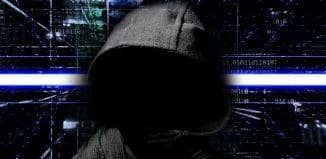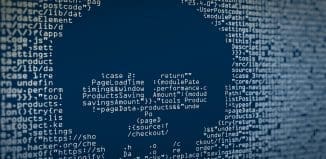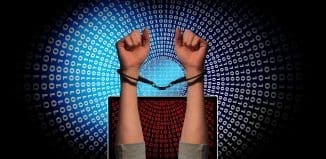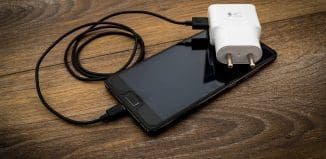Maybe, by chance, you have that critical image
This post is also available in:  עברית (Hebrew)
עברית (Hebrew)
 Desperate for clues in the wake of the Boston bombings, law enforcement officials in the U.S asked the public to deluge them with videos and cellphone photos taken near the Boston Marathon finish line.
Desperate for clues in the wake of the Boston bombings, law enforcement officials in the U.S asked the public to deluge them with videos and cellphone photos taken near the Boston Marathon finish line.
“We would like to review any kind of media that you have out there,” Gene Marquez of the Bureau of Alcohol, Tobacco, Firearms and Explosives told a press conference the day after the attacks.
It didn’t matter, the authorities said, whether it was obviously suspicious or not. Anything might contain useful evidence.
i-HLS ISRAEL Homeland Security
According to Defense News, images immediately began pouring in, from race participants, from bystanders, from various security cameras at stores and businesses. All told, the flood epitomized “big data”: a wash of uncorrelated images and information.
The FBI isn’t saying exactly how it combed through hours of surveillance video and all the public’s digital media to find the suspects. Efficient forensic and intelligence work, however, would require more than just special agents staring at images on screens; it would need visualization tools to display all this in geographic and temporal context.
And on that point, industry officials say, the techniques used in Boston were probably far less advanced than they could have been.
Much of the cutting-edge video analytics, 3-D situational awareness, and tactical terrain visualization software available on the market today was developed for counterinsurgency missions in Afghanistan or Iraq, where success depended on making sense of video and intelligence from a variety of unrelated sources.
Even before the April bombings, the makers of such software — spurred in part by the U.S. drawdown and the need to find new markets — had been pitching their tools to domestic law-enforcement agencies. Their argument, delivered with mixed results, was that their software could make authorities a lot smarter in responding to threats, crises and emergencies in the U.S.





























